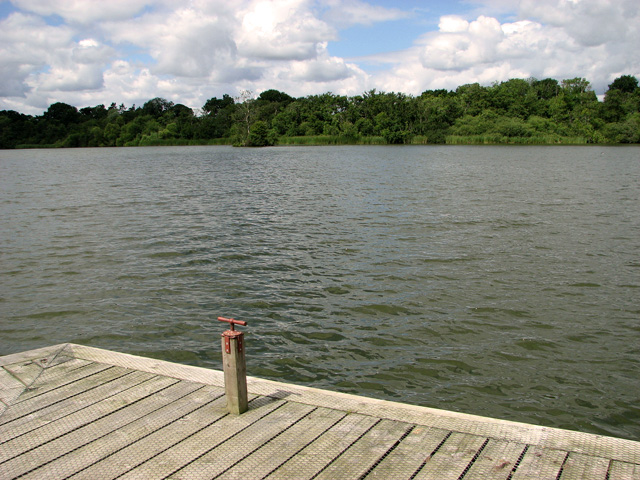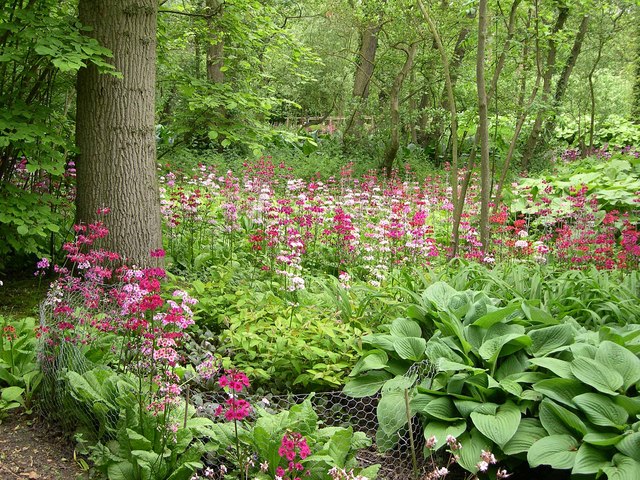Hare Fen
Downs, Moorland in Norfolk Broadland
England
Hare Fen

The requested URL returned error: 429 Too Many Requests
If you have any feedback on the listing, please let us know in the comments section below.
Hare Fen Images
Images are sourced within 2km of 52.659743/1.5047785 or Grid Reference TG3712. Thanks to Geograph Open Source API. All images are credited.














Hare Fen is located at Grid Ref: TG3712 (Lat: 52.659743, Lng: 1.5047785)
Administrative County: Norfolk
District: Broadland
Police Authority: Norfolk
What 3 Words
///rinsed.mopped.intrigues. Near Acle, Norfolk
Nearby Locations
Related Wikis
South Walsham
South Walsham is a village and civil parish in the English county of Norfolk. It covers an area of 11.43 km2 (4.41 sq mi) and had a population of 738 in...
Fairhaven Woodland and Water Garden
Fairhaven Woodland and Water Garden, Norfolk, England, is a registered charity, comprising 131 acres (0.53 km2) of ancient woodland, woodland garden and...
Upton Fen
Upton Fen lies within The Broads National Park in Norfolk, England.It is a nature reserve in the care of Norfolk Wildlife Trust. Notable species found...
South Walsham Fen
South Walsham Fen is a 1.4-hectare (3.5-acre) Local Nature Reserve west of South Walsham in Norfolk. It is owned and managed by Norfolk County Council...
Nearby Amenities
Located within 500m of 52.659743,1.5047785Have you been to Hare Fen?
Leave your review of Hare Fen below (or comments, questions and feedback).






